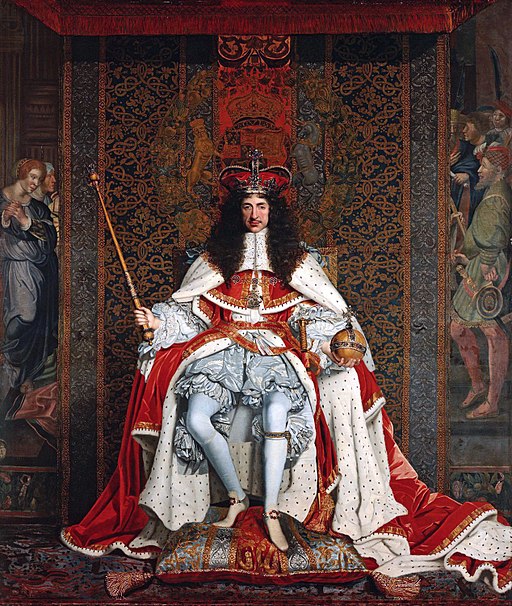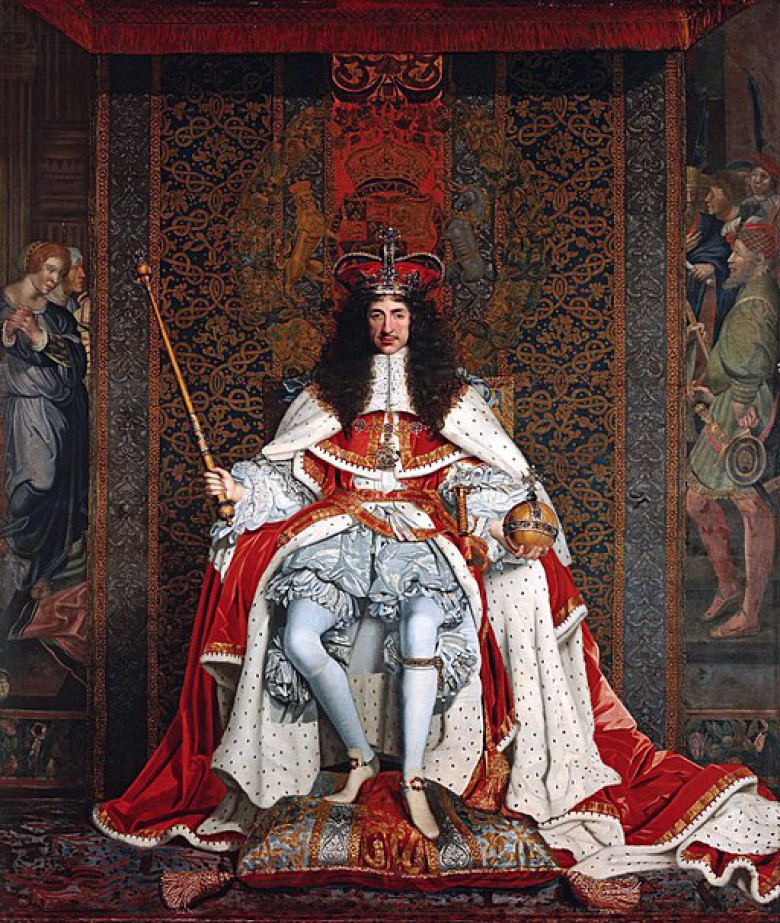29th May 2019
On this day in 1630, Charles II was born. He was grandson to James I – the first Stuart king of England – and the son of Charles I – the king infamously executed for treason in 1649, and whose death marked the beginning of the eleven years of the English Interregnum, when England became a republic.
Charles II fought to re-establish the monarchy after his father’s death, but was defeated by Oliver Cromwell – the man so key to the success of the parliamentarian army during the English Civil War and who was now named Lord Protector, and king in all but name. Charles, now in exile in Europe, still attempted to raise support to retake his throne, but there seemed little hope for success.
Cromwell died in 1658 and was succeeded as Lord Protector by his eldest surviving son Richard. This succession was generally well received within England and abroad however a significant group of army officers were unhappy with Richard’s lack of military background and leadership experience. Matters were made worse because the Protectorate was rapidly running out of money and the army had not been paid. Despite his best efforts, Richard Cromwell was unable to unite parliament and the army and after a confrontation with the leaders of the army, Richard resigned the position of Lord Protector within nine months of his succession.
The continuing hostility between the army leaders and civilian members of parliament eventually resulted in a general election being called and gave hope to the royalists pushing for the restoration of the monarchy. Seizing this opportunity despite still being in exile, Charles II issued the Declaration of Breda – a manifesto which promised general tolerance and a pardon for crimes committed during the Civil War and the Interregnum for all who recognised him as the rightful king within forty days of his return. The only exception to this would be regicides – Charles was not going to allow the men who killed his father to remain unpunished.
Parliament welcomed this declaration and on 29 May 1660 – his thirtieth birthday – Charles triumphantly entered London to take his place as king. Parliament returned to how it had been before the civil war, and Charles’s reign was dated back to the death of his father, declaring him to have been the rightful king since 1649.
Charles did grant the amnesty he promised to all but regicides. Nine of those were executed by being hung, drawn and quartered, while others were imprisoned or excluded from office for life. Some who were already dead, such as Oliver Cromwell himself, were exhumed and posthumously executed. Cromwell’s severed head was set on a spike and displayed outside Parliament for all of Charles’ reign.
Today is also known as Oak Apple Day – or as Royal Oak Day or Restoration Day. This was a public holiday introduced to commemorate the restoration of the monarchy. While it was officially abolished in 1859, it is still celebrated to this day in places around the country.
Image: Charles II of England in Coronation robes, by John Michael Wright c.1661-1662, RCIN 404951, Royal Collection Trust / © Her Majesty Queen Elizabeth II 2019, via Wikimedia Commons

